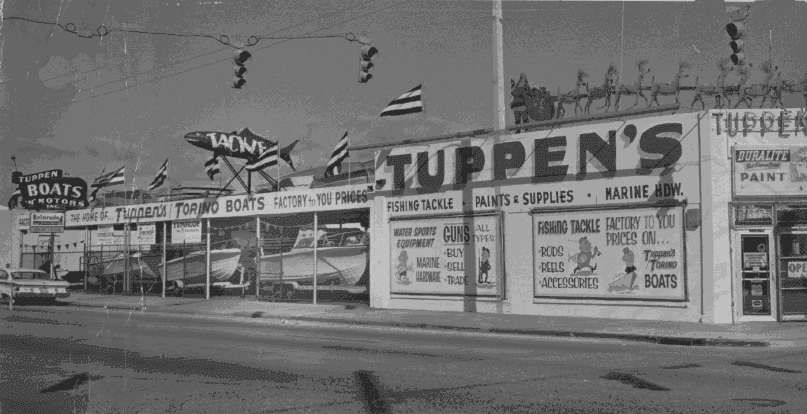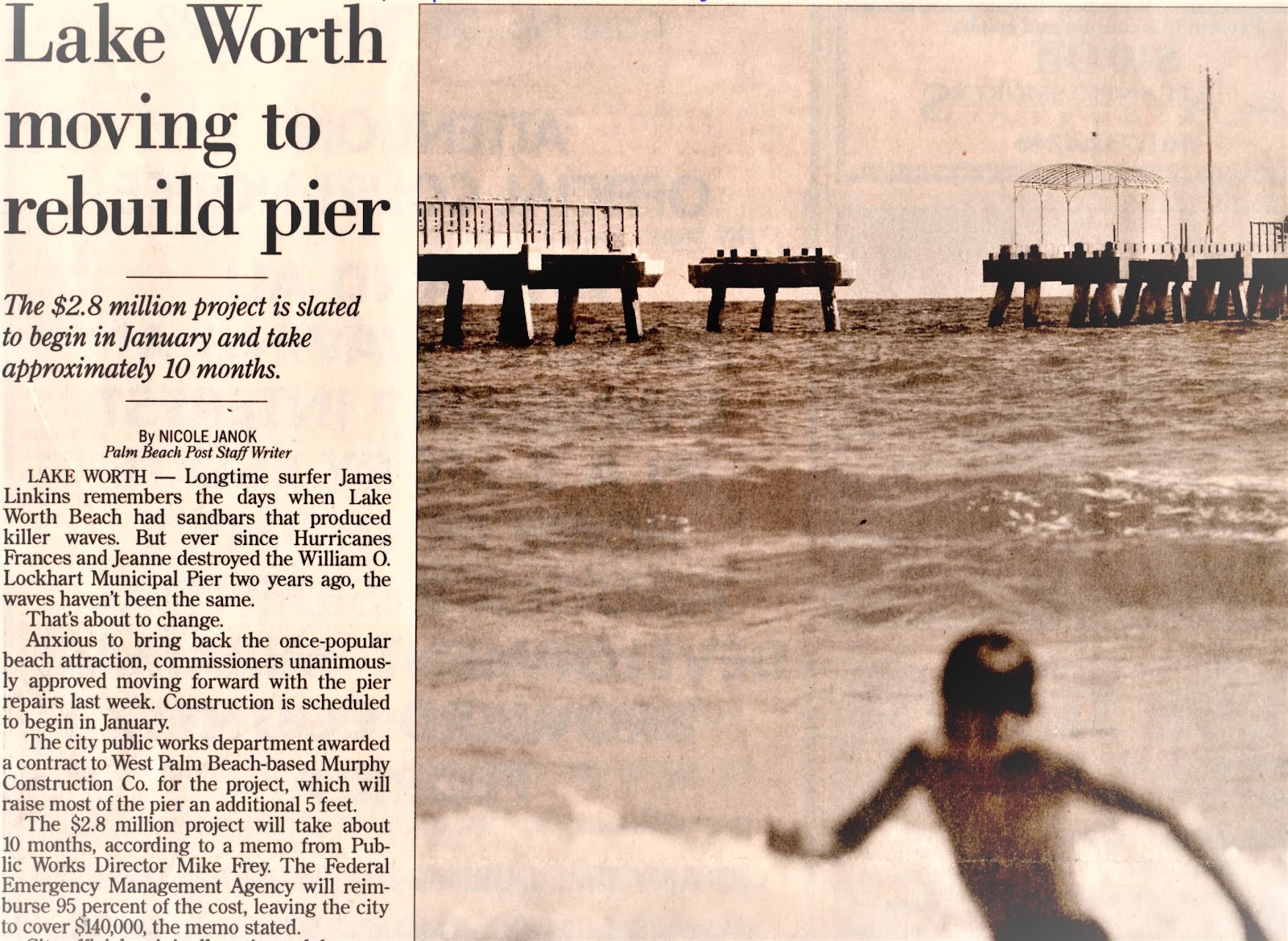If there was one billion dollars ($1B) in public money available, should the Herbert Hoover Dike surrounding Lake Okeechobee be fortified or “Send The Water South!” into a new reservoir south of the lake? Does history provide any clues?
Please continue reading.
When the 1928 Hurricane hit Palm Beach County many were trapped with nowhere to go. This was many years before the Florida Turnpike and I-95. No other event in Palm Beach County, post WWI, altered the landscape like this storm did. Due to the lack of roads, like the ones we take for granted today, emergency crews took too long to arrive for many people.
Track of 1928 Hurricane with overlay of modern Interstate
road system:
 |
| When it struck: Wind speed 130 miles per hour, 929 millibars of pressure, category 4. |
Below are pictures of the City of Lake Worth that was along the track of the 1928 Hurricane, a massive storm also referred to as the Okeechobee Hurricane. About the devastation that followed:
“[W]hich was second deadliest tropical cyclone in the history of the United States . . . the cyclone struck West Palm Beach, Florida, resulting in catastrophic wind damage. Inland flooding and storm surge resulted in Lake Okeechobee overflowing its banks, flooding nearby towns and leaving at least 2,500 deaths, making it the second deadliest hurricane in the United States after the 1900 Galveston hurricane.”



Please proceed to the next blog post and about another hurricane in 2005. . .





